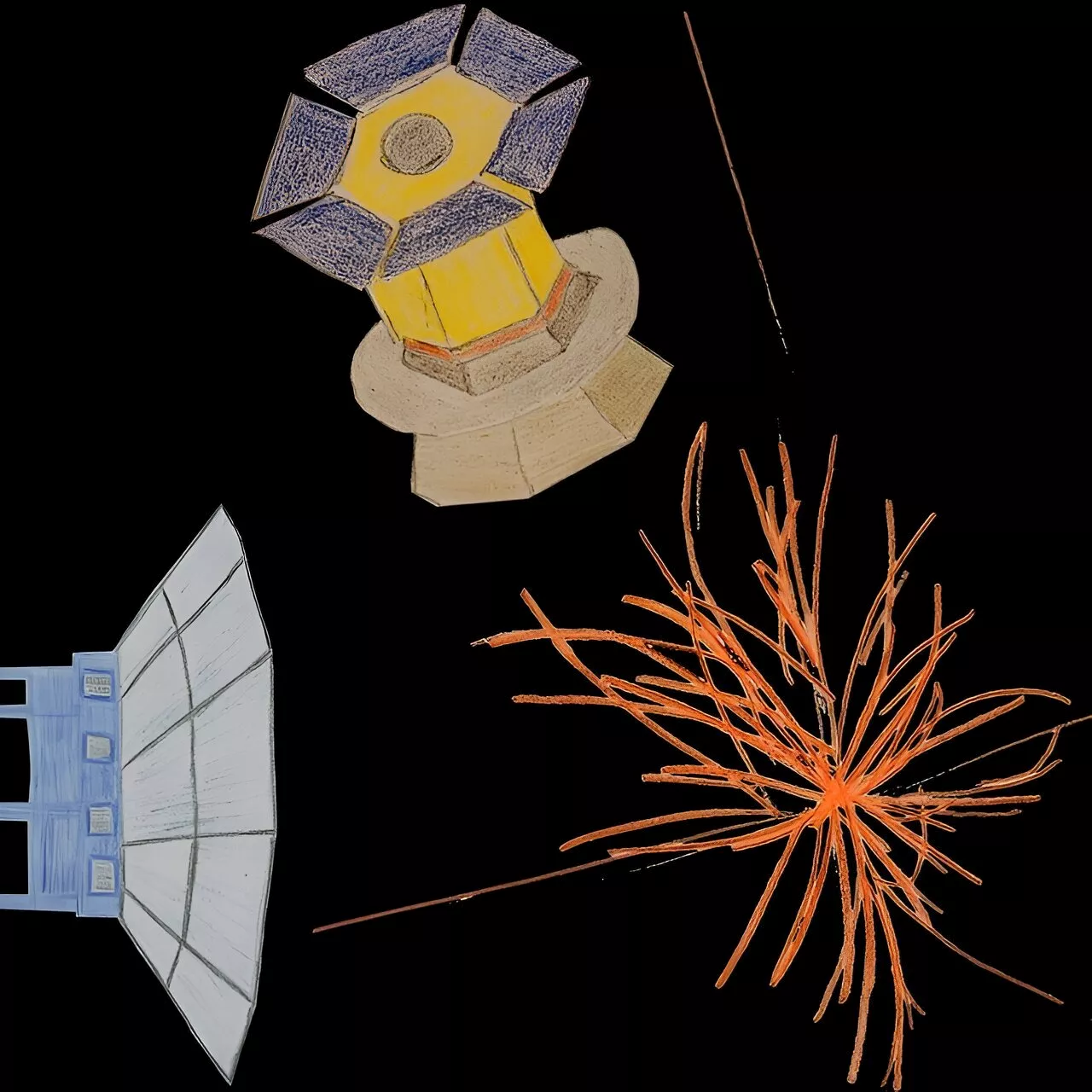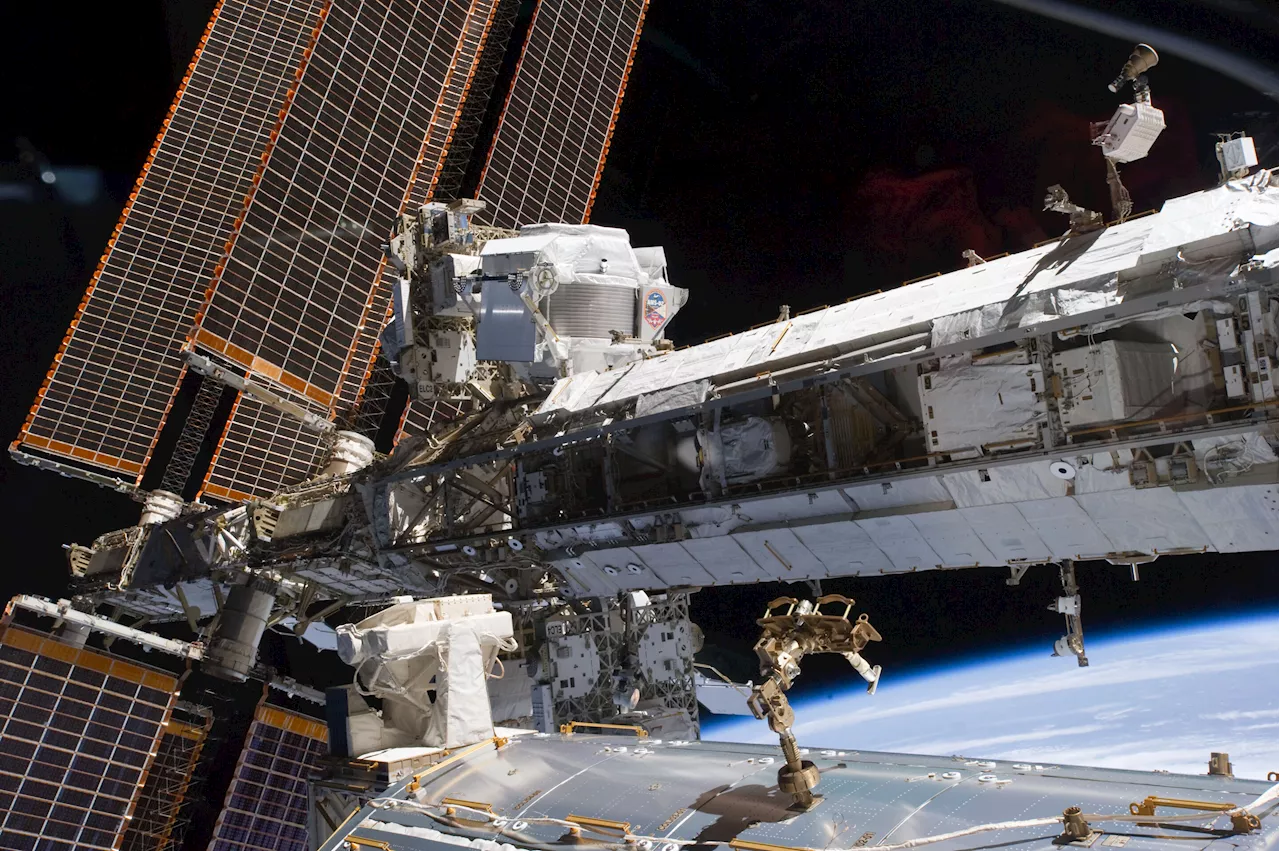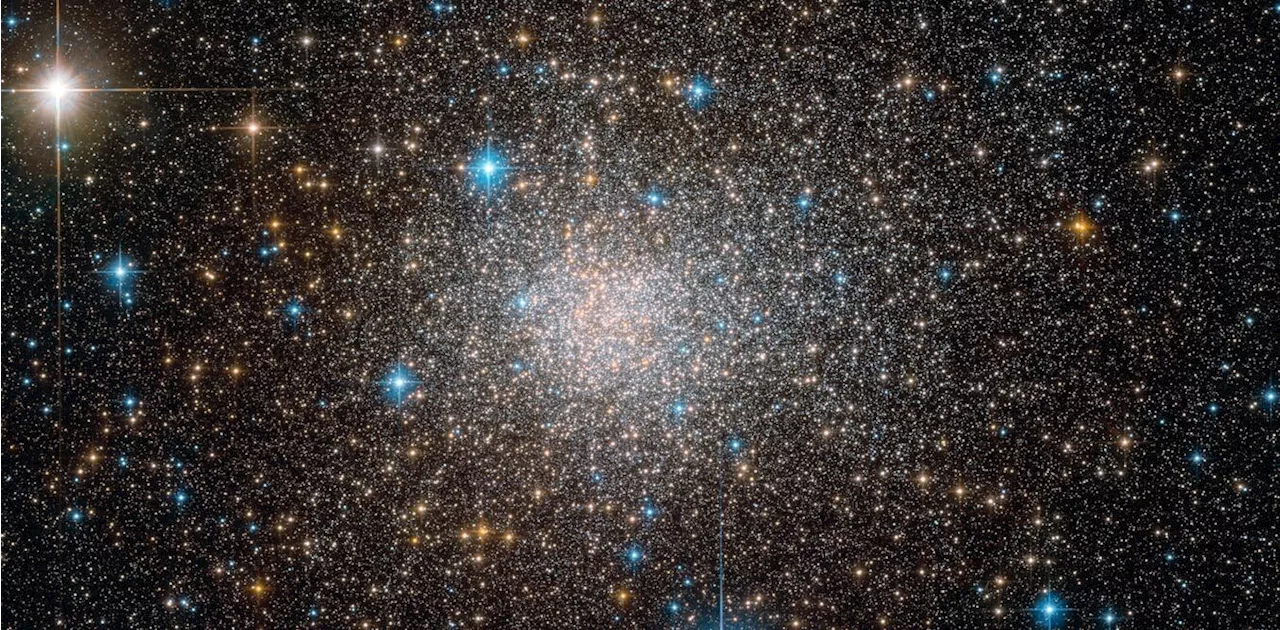I'm an award-winning science journalist and author of 'Distant Wanderers: the Search for Planets Beyond the Solar System.' I primarily cover aerospace and astronomy.
Telescope’s near-infrared-light view. The pillars look like arches and spires rising out of a desert landscape, but are filled with semi-transparent gas and dust, and ever changing. This is a region where young stars are forming – or have barely burst from their dusty cocoons as they continue to form.Dust can wreak havoc on everything from nasal passages to high tech electronics.
Primarily using data from the European Southern Observatory’s Very Large Telescope in northern Chile, the study shows that dust formation occurred much earlier in the universe than previously thought.If you had asked me just ten years ago, I would have said, you need the first several generations of stars and lots of the stars to live for many millions of years before there would be much dust in the early universe, says Andersen.
Metals formed in stars are ejected into the interstellar medium by strong stellar winds and supernova explosions then incorporated into the next generation of stars, the authors write. While substantial amounts of metals are found in neutral gas, large fractions of these metals are instead locked into dust grains, they write.
United States Latest News, United States Headlines
Similar News:You can also read news stories similar to this one that we have collected from other news sources.
 Cosmic microwave background experiments could probe connection between cosmic inflation, particle physicsVarious large-scale astrophysical research projects are set to take place over the next decade, several of which are so-called cosmic microwave background (CMB) experiments. These are large-scale scientific efforts aimed at detecting and studying CMB radiation, which is essentially thermal radiation originating from the early universe.
Cosmic microwave background experiments could probe connection between cosmic inflation, particle physicsVarious large-scale astrophysical research projects are set to take place over the next decade, several of which are so-called cosmic microwave background (CMB) experiments. These are large-scale scientific efforts aimed at detecting and studying CMB radiation, which is essentially thermal radiation originating from the early universe.
Read more »
 Cosmic count exceeds expectation: Alpha Magnetic Spectrometer on ISS reveals surplus of cosmic raysCosmic rays confound scientists once again. The latest analysis of data collected by the Alpha Magnetic Spectrometer (AMS) on board the International Space Station has revealed a surprising surplus of cosmic rays made of deuterons—atomic nuclei made up of a proton and a neutron.
Cosmic count exceeds expectation: Alpha Magnetic Spectrometer on ISS reveals surplus of cosmic raysCosmic rays confound scientists once again. The latest analysis of data collected by the Alpha Magnetic Spectrometer (AMS) on board the International Space Station has revealed a surprising surplus of cosmic rays made of deuterons—atomic nuclei made up of a proton and a neutron.
Read more »
 Cosmic Mystery Solved? New Evidence Shows Planets Influence Sun’s Magnetic CyclesScience, Space and Technology News 2024
Cosmic Mystery Solved? New Evidence Shows Planets Influence Sun’s Magnetic CyclesScience, Space and Technology News 2024
Read more »
 Red Velvet Enters Billboard 200 And Artist 100 For 1st Time With “Cosmic”Red Velvet has made their debut on the Billboard 200 and Artist 100! On August 12 local time, Billboard officially announced that Red Velvet’s latest mini album “Cosmic” had entered its Top 200 Albums chart—its weekly ranking of the most popular albums in the United States—following its U.S. release.
Red Velvet Enters Billboard 200 And Artist 100 For 1st Time With “Cosmic”Red Velvet has made their debut on the Billboard 200 and Artist 100! On August 12 local time, Billboard officially announced that Red Velvet’s latest mini album “Cosmic” had entered its Top 200 Albums chart—its weekly ranking of the most popular albums in the United States—following its U.S. release.
Read more »
 A galactic 'comet' called Terzan 5 illuminates a 100-year-old puzzle about cosmic raysWhen my colleagues and I set to work on a century-old cosmic mystery, we found an unexpected celestial laboratory in Terzan 5, a dense star cluster currently plunging through our galaxy at breakneck speed.
A galactic 'comet' called Terzan 5 illuminates a 100-year-old puzzle about cosmic raysWhen my colleagues and I set to work on a century-old cosmic mystery, we found an unexpected celestial laboratory in Terzan 5, a dense star cluster currently plunging through our galaxy at breakneck speed.
Read more »
 'comet' Tail of Speeding Star Cluster Solves 100-Year-Old Cosmic PuzzleThe Best in Science News and Amazing Breakthroughs
'comet' Tail of Speeding Star Cluster Solves 100-Year-Old Cosmic PuzzleThe Best in Science News and Amazing Breakthroughs
Read more »
